The Odd Couple: A Component that Floats Your Boat
A Component that Floats Your Boat
By Brad Longmuir, Regional Sales Manager, Holmbury Inc.
When the COVID pandemic hit the U.S. in March 2020, lots of things changed. People worked from home, businesses shut down, and many activities came to a screeching halt. One industry that seemed to boom was the marine industry, as families had more time to spend on the water. Hydraulic boat hoists became a near necessity for people who suddenly had the time and money to spend on leisure activities. Holmbury quick disconnects became a go-to component for manufacturers of hydraulic boat lifts, and this article shows why these couplers are ideal for this specialized product.
Prior to the mid-1970s, boats were lifted with crane-like structures called davits, which were challenging for one person to operate. A major breakthrough came in the 1980s when aluminum replaced galvanized steel as a structural material. Though more expensive than steel, its longevity and corrosion resistance made it a superior alternative. Today boat lifts made of aluminum are considered superior to those of 30 years ago. The methods to lift the boat with a cradle system have also improved, with hydraulic cylinders commonplace.
 Hydraulic technology has made the act of raising and lowering a boat incredibly efficient and faster than a manually operated boat lift. Hydraulic boat lifts have several benefits over manual ones with cables and pulleys.
Hydraulic technology has made the act of raising and lowering a boat incredibly efficient and faster than a manually operated boat lift. Hydraulic boat lifts have several benefits over manual ones with cables and pulleys.
•They are simple. A hydraulic boat lift doesn’t involve cables or pulleys, making it easy to own and operate. It generally requires minimal maintenance, especially when created with a welded construction versus a bolted stand. These designs can accommodate nearly any boat and often come with remote-control operation for convenience.
•They are quiet. Manual boat lifts make rattling noises during operation. With a hydraulic boat lift, operation is nearly silent.
•They are fast. Before hydraulic boat lifts, you had to lift boats either by hand, with a boat-lift wheel, or by attaching a motor to a boat-lift winch. While a motor made it more convenient, it also made it more complex, adding noise and reducing speed. Hydraulic lifts are simpler, faster, and quieter.
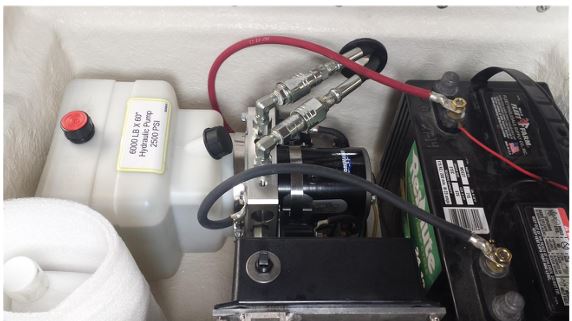 There are multiple styles of boat lifts, but cantilever and vertical are the two that use hydraulics. Of the two, cantilever hydraulic boat lifts are the simplest and typically require less maintenance. The weight of the boat is transferred from a swing carriage to the fixed-base frame. The carriage is designed to swing forward during lifting and back while the frame is down. The swing carriage is connected to a hydraulic ram that is powered by an electric motor and pump to do the work of lifting and lowering. Cantilever lifts are the most common and work best in shallow water of 3-6 feet with minor water fluctuations and a firm lake bottom. Cantilever boat lifts are typically used with cruisers, speed boats, and boats for water sports.
There are multiple styles of boat lifts, but cantilever and vertical are the two that use hydraulics. Of the two, cantilever hydraulic boat lifts are the simplest and typically require less maintenance. The weight of the boat is transferred from a swing carriage to the fixed-base frame. The carriage is designed to swing forward during lifting and back while the frame is down. The swing carriage is connected to a hydraulic ram that is powered by an electric motor and pump to do the work of lifting and lowering. Cantilever lifts are the most common and work best in shallow water of 3-6 feet with minor water fluctuations and a firm lake bottom. Cantilever boat lifts are typically used with cruisers, speed boats, and boats for water sports.
Vertical boat lifts are widely recognized as one of the best lifting designs available. They tend to support bigger boats than cantilever lifts do. The cable design allows for all of the hydraulic components to be above the water line, unlike the cantilever lifts that have the hydraulics and fluid lines below the water. Hydraulic components above water are more reliable and require less maintenance. Hydraulic vertical boat lifts work in soft, semi-firm, and firm lake bottoms and typically in 3-7 feet of water with minor water fluctuations.
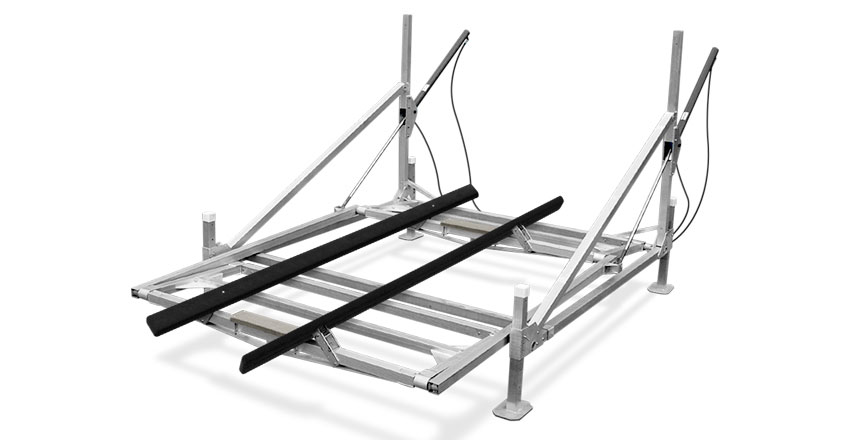
The hydraulic box that powers the lifts typically uses quick disconnects. It is sometimes necessary to disconnect the hydraulic box from the lift, for example, for winter storage, dock renovation, or potential flooding. The quick disconnect allows for easy and safe disconnection of the hydraulic hoses. Holmbury quick disconnects work by hand, without tools, making them perfect for boat lifts. Because of mechanical advantage of the threaded connection, you can connect hoses with residual pressure in the lines from thermal expansion.
Why would someone need a boat lift? Leaving a boat in the water all year causes damage and decreases its value, whether it’s made of fiberglass, aluminum, or plastic. A boat lift helps prevent scum and slime buildup. A boat that is consistently affixed to a dock or buoy is vulnerable to damage from rain, high winds, and changing water levels. A boat lift helps keep a boat in good condition.
Hydraulic boat lifts help keep boats safe and secure, and Holmbury quick couplers help make their maintenance quick and easy. •

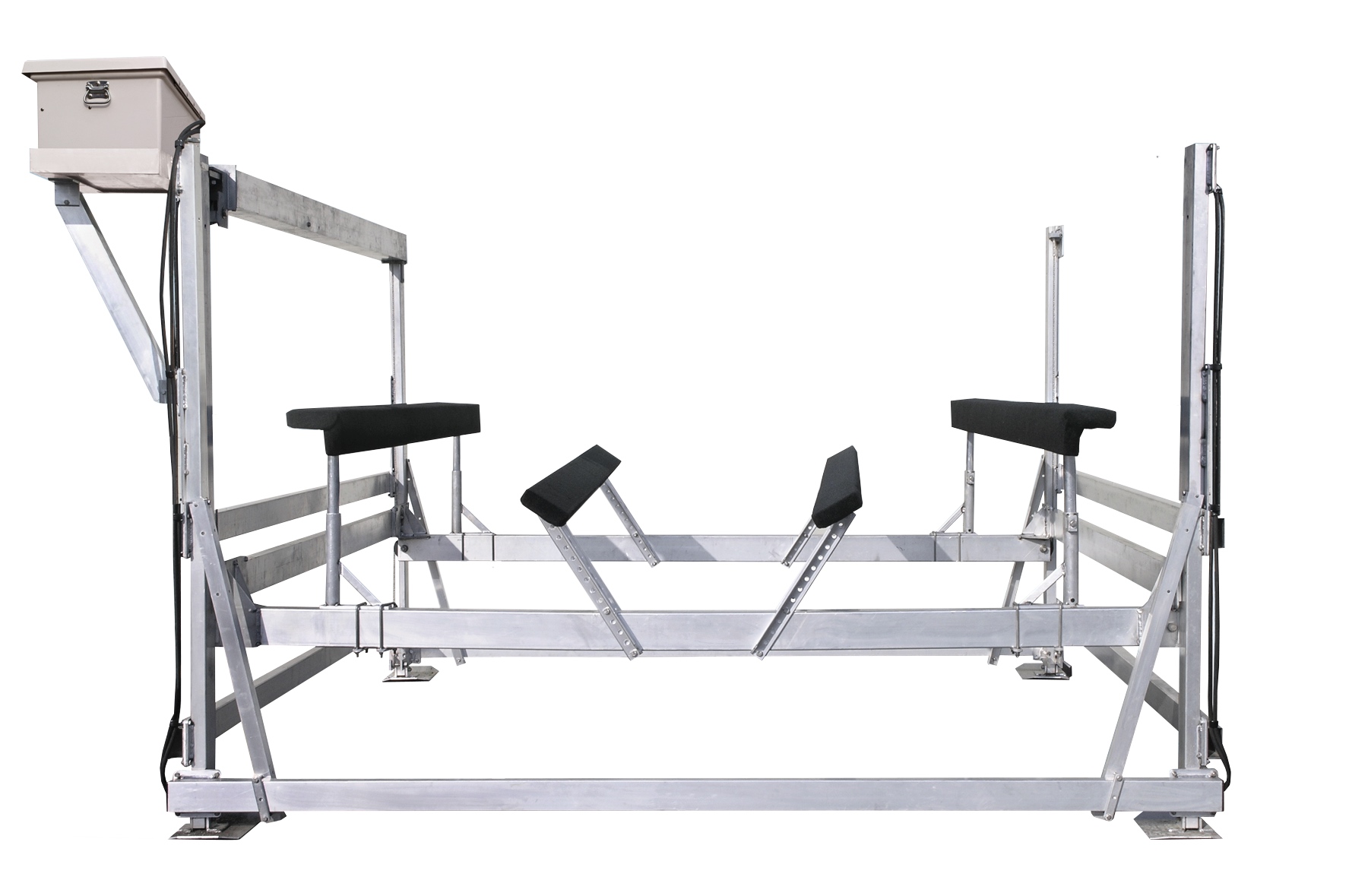
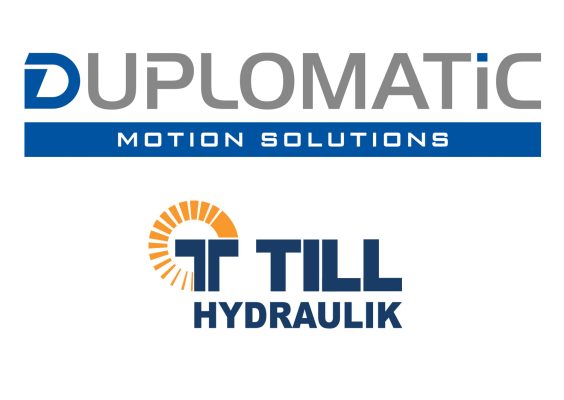


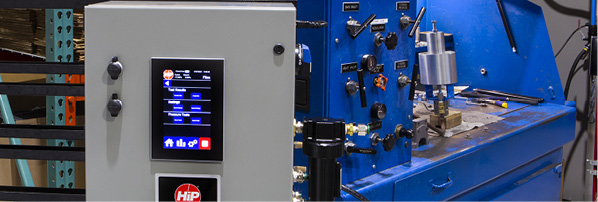
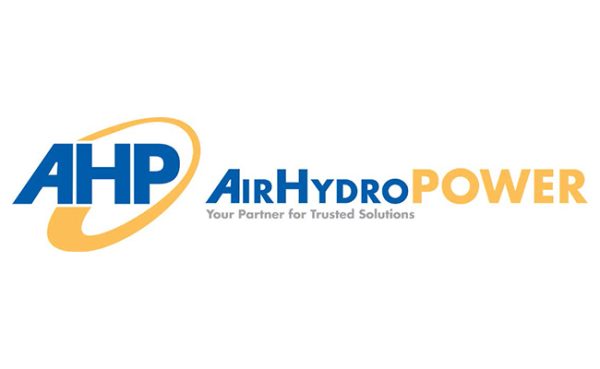

A Component that Floats Your Boat! Unveiling the unexpected pairings and innovative components that make waves in the world of boating. From unique designs to quirky additions, this piece explores the delightful oddities that add character to your vessel. Discover how the unexpected can become an essential part of your maritime experience. Get ready to set sail with the odd couple that’s making boating all the more interesting.